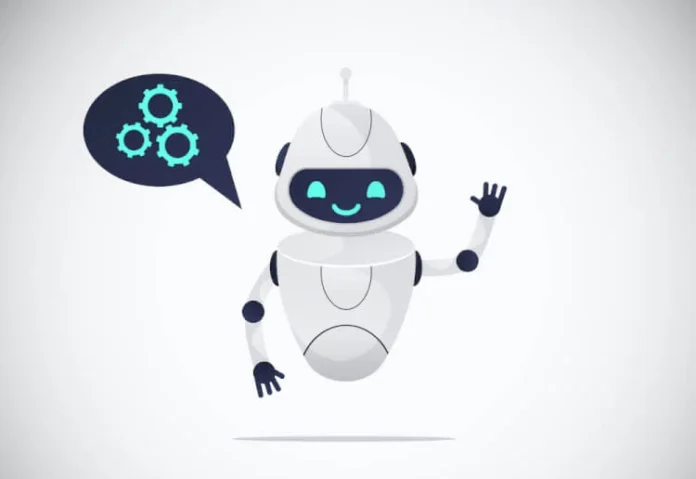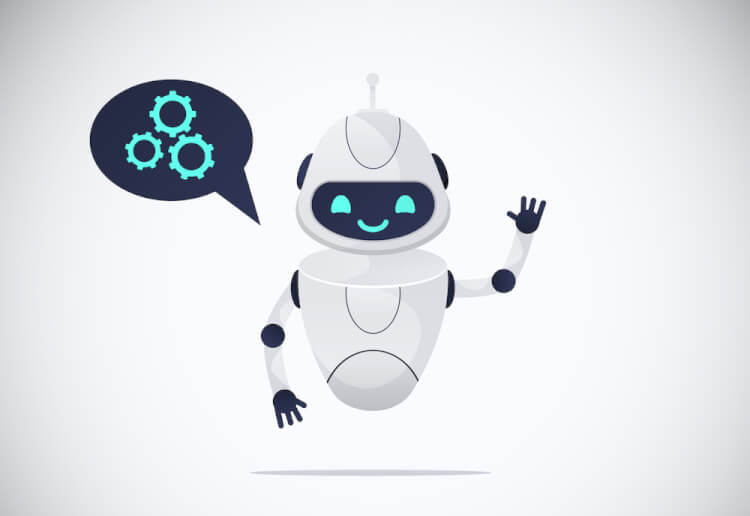table of contents
- What is a communication robot?
- Communication robot functions
- Current status of communication robots in the medical field
- [Medical Revolution] Introduction example of communication robot
- Recreation at a welfare facility for the elderly
- Supporting explanation work at hospitals etc.
- Countermeasures against new coronavirus infections/preventing infection of medical workers
- summary
What is a communication robot?
A communication robot is a robot that not only works according to a set algorithm, but also can recognize and speak human language. With the development of technologies such as voice recognition, it is spreading into everyday life. As the birthrate declines and the population ages, the issue of labor shortages has become apparent in all industries, and the use of robots that can perform tasks quickly and without mistakes is becoming more widespread.
Communication robot functions
First of all, the main feature is that it has a voice recognition function. Therefore, in addition to simple operations using the touch panel, you can immediately activate the desired function by voice interaction. This feature is similar to that of a so-called “smart speaker.” In addition, in the past, many communication robots were designed to be used at corporate reception desks, but recently there has been an increase in the number of communication robots that are designed to be used in everyday living spaces and are designed to be safe. Masu.
Communication robots are attracting attention in particular for their effectiveness in revitalizing the minds and bodies of the elderly and extending their healthy lifespans, so-called “preventive care.” Furthermore, in recent years, devices have been equipped with the ability to recognize not only audio but also images. Therefore, it is possible to identify a person and customize it according to that person. Alternatively, it can also function as a “watching support” for children and the elderly. It has a learning function that allows the robot’s functions to be optimized for that person. By making full use of these convenient functions and combining them with communication functions, it is also possible to link with external services.
Current status of communication robots in the medical field
So, how are these functions and features utilized in the medical field?
First, in the external environment, government-led “work style reform” is being promoted worldwide. In all industries, employees are encouraged to improve productivity through flexible work styles, such as shorter working hours, including overtime, and work arrangements that are not limited by time or location.
However, in the medical field, there is a severe shortage of manpower to begin with, and the current situation is that people have no choice but to work long hours. For this reason, we are proceeding with the introduction of tools to streamline our operations and are starting where we can. One of the things that is attracting attention is the use of communication robots.
For example, communication robots can be used to accept new patients and prepare necessary documents. This will shorten waiting times for patients and help medical staff to alleviate staffing shortages.
Alternatively, the use of communication robots to alleviate long-term patients’ feelings of loneliness can be effective in improving patients’ QOL and reducing the burden on staff. In addition, robots can ask questions that patients would find difficult to ask doctors directly, and hospitals can use robots to communicate things that are difficult to communicate directly to patients, which is effective in preventing problems and facilitating smooth communication. You can expect it.
If you focus not only on reducing the burden on hospitals but also on the benefits for patients, you will find even more hints on how communication robots can be used effectively.
[Medical Revolution] Introduction example of communication robot
Although the environment differs from hospital to hospital, we will explain some useful examples of communication robots that are actually used in medical settings.
Recreation at a welfare facility for the elderly
First, let’s look at an example of recreational use at a welfare facility for the elderly. The communication robot “PALRO” is a robot that is especially good at conversation. Instead of interacting in a mechanical manner, look the other person in the eye when talking, and make them laugh with nods and charming answers. Bring out the smiles on the faces of facility users through talks that expand the topic of conversation with facility users. Communication not only between PALRO and users, but also between users using PALRO as a medium will increase, increasing the emotional fulfillment of users.
During recreation, PALRO will liven up the atmosphere by dancing and singing along with the users. Since it is also connected to the Internet, you can enjoy a wide range of activities such as quiz competitions on current topics and gymnastics. You can also stand at the entrance of the facility to greet users and their families and see them off. Facilities are also effectively utilizing this information for public relations activities.
In this case, we are providing smiles and healing to the users of a welfare facility for the elderly, while also reducing the burden on the facility’s staff.
Supporting explanation work at hospitals etc.
Task shifting, a technique known as task shifting, is considered to be effective in reducing working hours in hospitals, and there is a movement to promote this. Specifically, we will expand the number of medical assistants, promote the use of nursing assistants, and utilize cutting-edge technologies such as artificial intelligence. As part of this effort, the National Center for Global Health and Medicine and Hitachi, Ltd. jointly collaborated. We have begun evaluation research using the communication robot “EMIEW 3.”
Specifically, this research aims to find out how much the burden on medical staff will be reduced by having an emu provide explanation support when a patient is hospitalized.
For example, we compared explanations of hospitalization at the National Center for Global Health and Medicine for 50 patients given by medical professionals and given by EMIEW3 to verify the effectiveness of the robot. This is an initiative that simultaneously measures not only efficiency and burden but also satisfaction with the robot’s response, and evaluates whether it can be replaced by a robot while ensuring a level of patient acceptance.
If a similar explanation is to be given, it would be more efficient to have a robot do the work than a human. If this example shows that robots can be used to provide explanations to patients without causing any problems, it will reduce the burden on staff and greatly contribute to shortening working hours.
Countermeasures against new coronavirus infections/preventing infection of medical workers
Efforts have also begun to combat the new coronavirus, which has spread in 2020 and is having a huge impact on the world. The use of OmniRobo, a robot that can be operated remotely, is used to prevent the spread of infection to medical workers.
“OmniRobo” is a telepresence robot (alter ego robot or avatar robot) provided by the ISO Research Institute, and is provided free of charge to medical professionals. Due to the spread of the new coronavirus, not only the main unit but also the maintenance cost will be provided free of charge.
OmniRobo incorporates features such as remote control technology and video conferencing. This allows you to remotely operate on a browser from devices such as PCs and smartphones, regardless of location. These functions allow OmniRobo to visit patients with infectious diseases in the ward without contact. Healthcare workers will be able to make rounds and communicate with patients while reducing the risk of infection. More than just a “surveillance camera”, it is possible to clearly understand each patient’s condition and communicate remotely, which should reduce user anxiety.
summary
In the medical field, the promotion of work style reform is currently slow due to labor shortages and other factors. The use of communication robots will help reduce the workload of medical workers and improve efficiency. We also hope to improve patient satisfaction through accurate and speedy administrative processing and smooth communication support. In the future, the range of applications should be expanded even further by linking with other systems.

